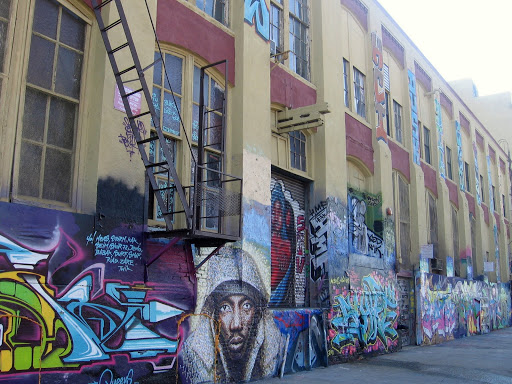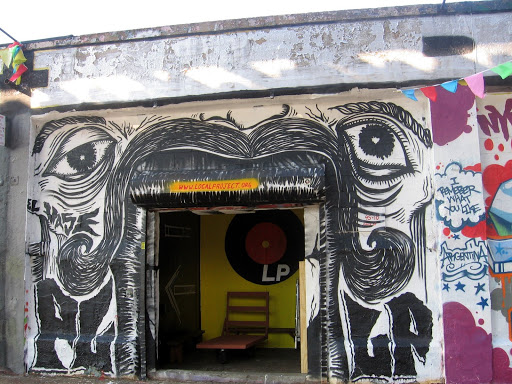Tucked behind the central library, the Brooklyn Museum has long gone under my radar. Out of sight, out of mind. One recent morning I sought to remedy this situation. The timing turned out to be ideal, as there was a minimal of crowd in the early hours as I navigated the five stories of African masks, Egyptian carvings, Asian ceramics, European paintings, and American period interiors. Many of the paintings in the third floor gallery are framed behind glass, which means the experience of viewing them mostly consists of hunting for an angle that avoids as much light glare as possible. Aside from that, the museum was an agreeable detour from the usual bustling Manhattan fare.
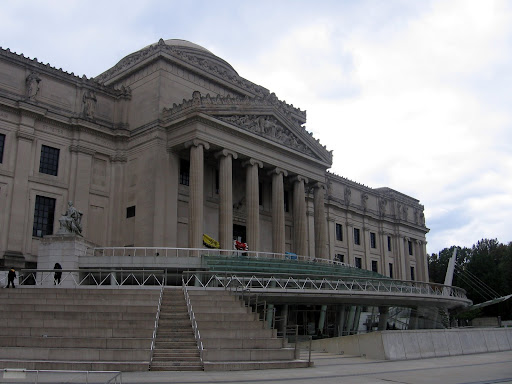
The glass Rubin Pavilion was added in 2004, which makes the museum look like a flying saucer crashlanded in its lobby.


"Sweet Funk—An Introspective" by Sanford Biggers.

The piano is functional.
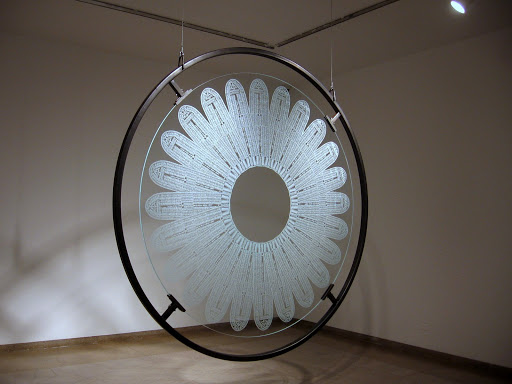
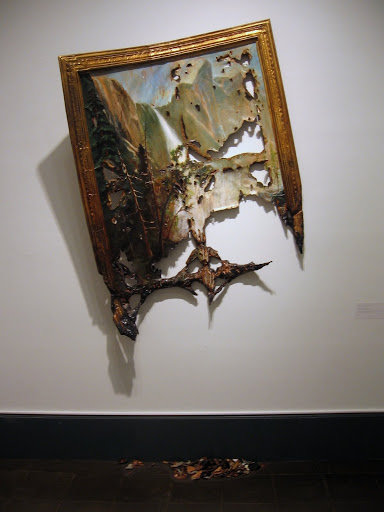
"Fallen Bierstadt" (2007) by Valerie Hegarty

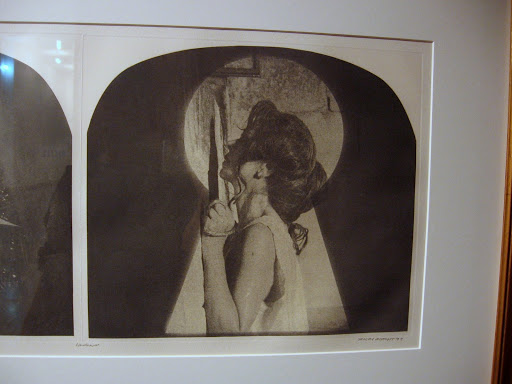

An art deco bicycle from the retro-future.

Watch your step.
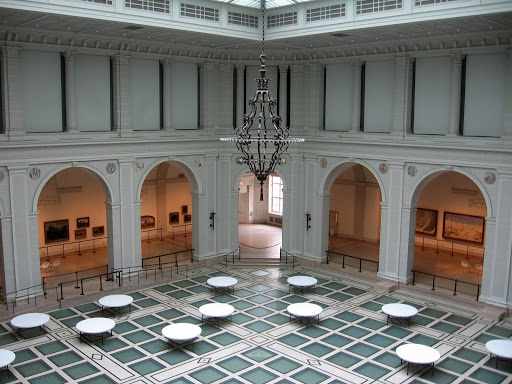
The Beaux-Arts Court, restored in 2007.

23 October 2011
Brooklyn Museum
21 October 2011
15 October 2011
Edward Hopper's Studio
For much of his life Edward Hopper painted his scenes of desolate city streets, offices, and bedrooms from a modest studio space on the north side of Washington Square Park. During the forties the building which housed the studio fell into the clutches of New York University. In a situation with alarming parallels to modern real estate clashes, the school attempted to boot out the inhabiting artists by raising rents and refusing to renew leases. Hopper doggedly fought to stay, and managed to remain in the building until his death in 1967. The Greek Revival structure, on the corner of Washington Square North and University Place, now houses NYU's Silver School of Social Work. They are the ironic caretakers of Hopper's preserved studio, on the fourth floor overlooking the park.
Ordinarily the studio is off-limits to the public, but as part of Open House New York, its doors were opened for the weekend. The room is kept in a similar condition as it was in Hopper's day. Within the stark walls are Hopper's easel, printer's press (which doubled as Hopper's hat rack), pot-bellied stove, fireplace, and even a kitchenette. An opaque skylight in the northern portion of the ceiling lets in a soft, diffuse light. Several photos of the artist in his element taken by Joseph and Evelyn Isaacson during the forties hang on the walls. The wooden floor still creaks and one can imagine Hopper lugging buckets of coal up the four flights of stairs to fill his stove in the winter even after more modern heating methods were common. A most absorbing time capsule.

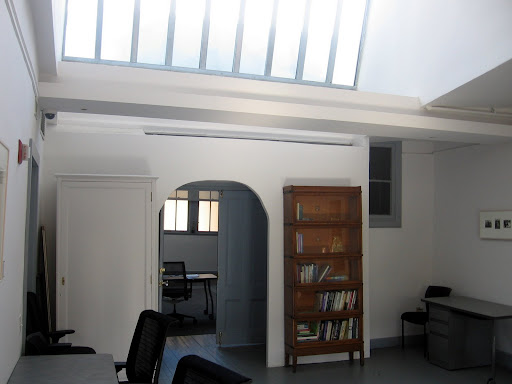

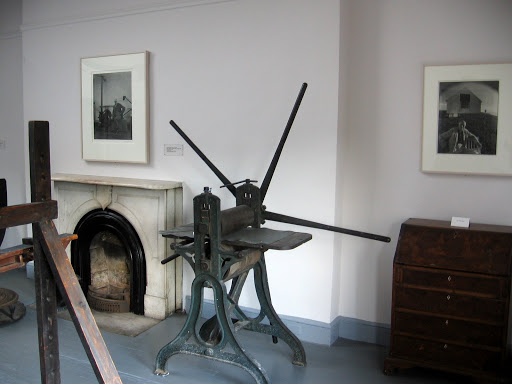
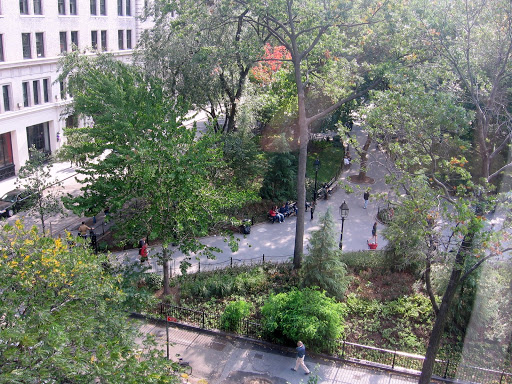

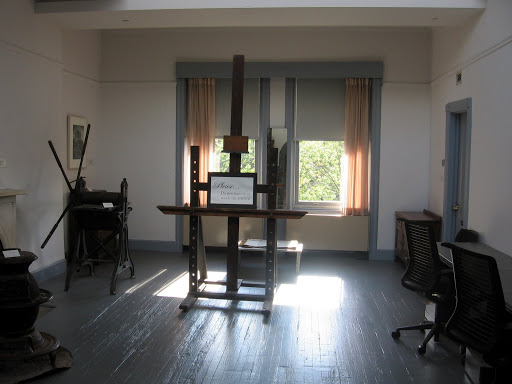





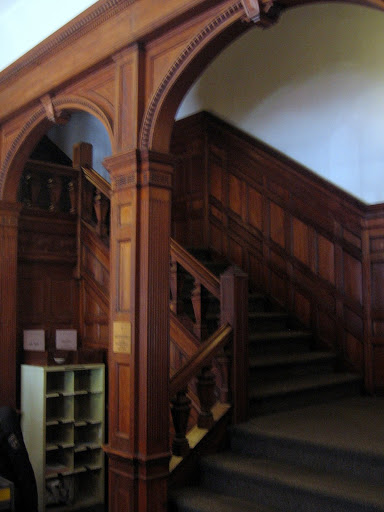

14 October 2011
Siren Songs at the Sidewalk
This three-piece incarnation of Sweet Soubrette regaled the freshly-renovated Sidewalk Cafe with woeful tales of doomed romance, nautical musings, and heartfelt tributes to such luminary figures as Anais Nin and Keith Richards.

The woven strains of melody sent drunken trolls scurrying for the refuge of darkness. Passing ships of marauders off the coastline were compelled to divert course, entranced, only to be dashed upon the rocks.
All told, a grand outing.

The players:
Ellia Bisker: Vocals, ukulele
Heather Cole: Violin
Cecil Scheib: Trombone
02 October 2011
Liberty Park
This evening I dropped by lower Manhattan's Zuccotti Park, which has been commandeered by the Occupy Wall Street protesters and rebranded Liberty Park. There I found a peaceful and spirited community hoisting slogan-bedecked pizza boxes, the air charged with optimism and patchouli. The enclave included a food line, a makeshift library, drum circles, protective tarps, and at least one humble soul weaving through the crowds picking up litter. Another went around making sure no one lacked warm and dry clothing. All manner of lively political discussion abounded within earshot, from the sensibly informed to the manically crackpot. Blue-shirted police casually stood on the periphery with what, despite recent mass arrests, seemed to be little interest in interfering.
While troubled by the movement's lack of coherent demands, I've heard a few opinions that give me food for thought, such as these insightful words from a user named Thoreau away Account which I found in the comments section of a recent Reddit post:
I can forgive the lack of a call for specific reform. People who "work on Wall Street" fill several different positions, and all justify their large salaries with the claim that their jobs require very specialized knowledge and skills. You cannot at one and the same time ask to be rewarded because your skills and education are so unique and also complain that said knowledge and skills are not common to every person you bump into. It is sidestepping the issue of their wrongdoing.
As an analogy, imagine that, during surgery, your doctor forgets a clamp and leaves it bobbing about in your abdomen after suturing you up. You recognize from your own feelings that something is wrong. An x-ray technician is able to point out that the nature of the problem is a metal foreign object, and to show you its blurry outline on the film.
The surgeon is the Wall Street guru: his or her skills are rare and delicate, but possessing those skills does not make him or her incapable of error. The x-ray technician? The attorneys general of every state in the union have been investigating actions taken by major banks and hedge fund managers that contributed to the housing crisis, on charges ranging from niggling technicalities to ethical violations to outright fraud; though even after their explanations we, people unfamiliar with finance, with law, and with the shady regions where the two overlap, can only see the dim outlines of the problem, we can still see the traces, and can place some trust in their ability to recognize specifics. As the patient, you do not need to be a doctor to see that something is in fact wrong and that something needs to be done to rectify it, even if you are not able to talk another surgeon, anesthesiologist, and nursing staff through the exact procedures needed to clear things up. You are right to demand action, and everyone would immediately see an attempt to dismiss your concerns "because you're not a doctor" as the smokescreen that it is.







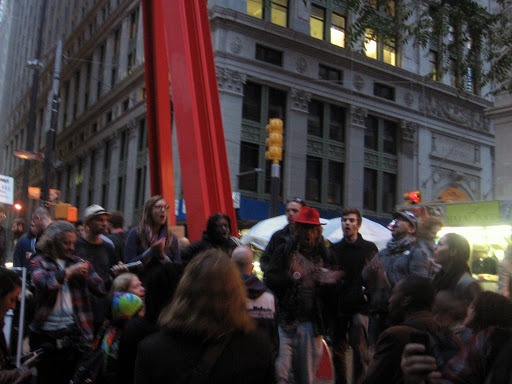






01 October 2011
5Pointz Graffiti Factory
5Pointz is a converted industrial complex in Long Island City, Queens which now houses artists' studios. The exterior is an outdoor art exhibit space which has achieved notoriety as a so-called "graffiti mecca." Talented graffiti artists from all over the globe flock to use its walls as a canvas. The 200,000-square-foot factory building is prominently visible from the elevated 7 train as it worms its way into Court Square, though the artwork is best admired at close range. Amazing what can be done with a spray can and a flat surface.
There are mutterings of bulldozing the place to make room for high-priced condos, which would be a shame because this is a real slice of quintessential New York. And such slices are too frequently being gobbled up by a profit-hungry real estate market.



